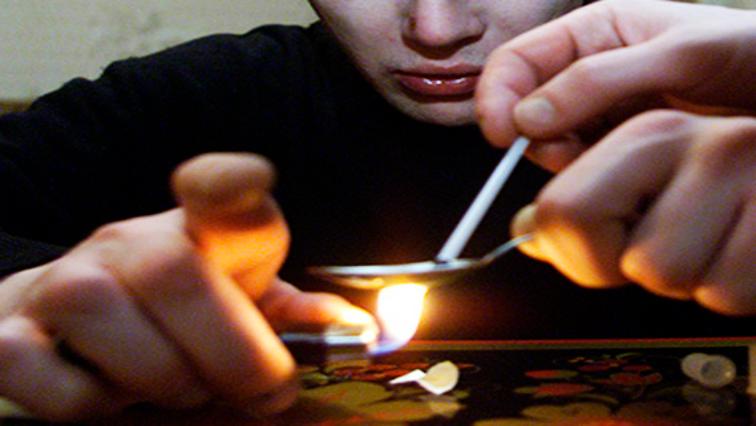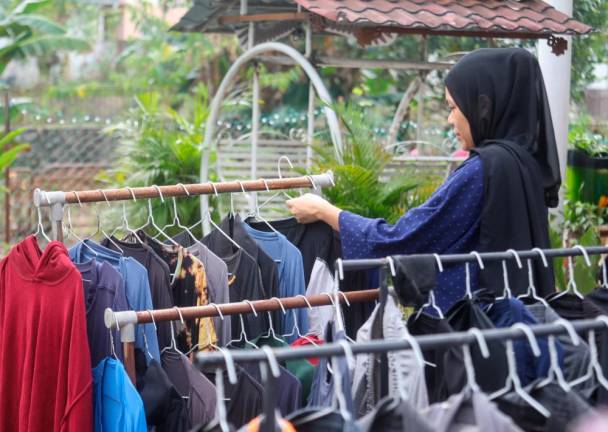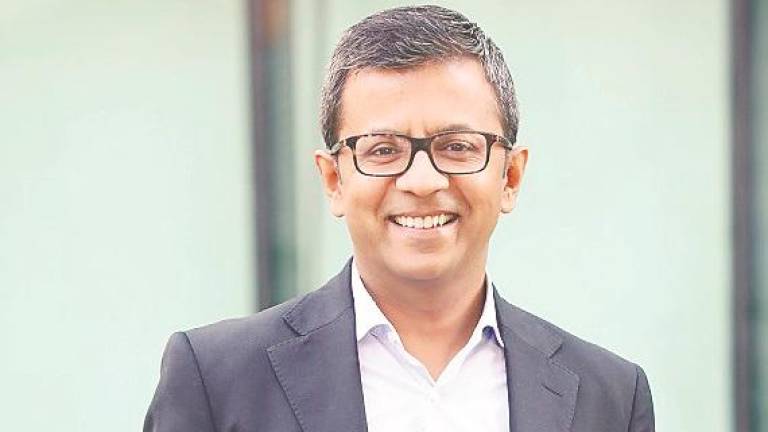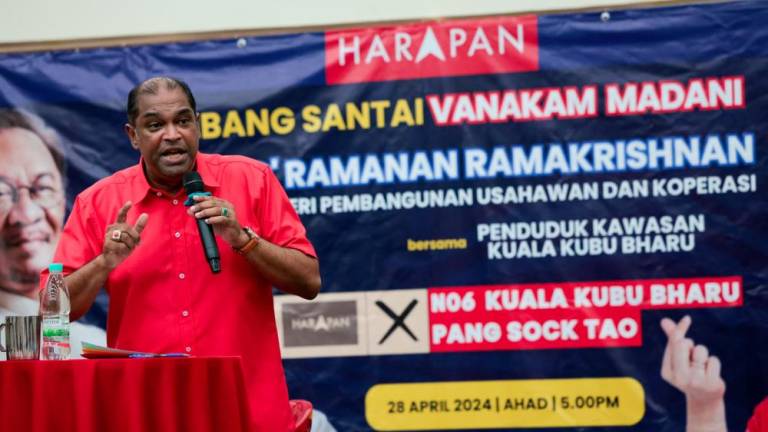PETALING JAYA: A lawyer has called for the establishment of “specialised adolescent courts” to deal with teenage drug and substance abuse.
Kokila Vaani Vadiveloo was commenting on the number of teenagers falling into the trap of drug and substance abuse as highlighted in the Adolescent Health Survey (AHS) conducted last year by the Institute for Public Health.
AHS revealed that about 60,000 adolescents were on narcotics, and 75% of teenagers between the age of 13 and 17 used drugs before their 14th birthday.
Of the 60,000 adolescents, 2.8% admitted to using inhalants such as glue and paint, 2.3% reported using kratom or ketum, 1.1% indicated marijuana use at least once, and 1% disclosed using amphetamines or methamphetamines.
Kokila Vaani, who is also chair of the Selangor Bar Child Rights committee, said the specialised adolescent courts should emphasise rehabilitation, treatment and support rather than punishment.
“To better support adolescents who are struggling with drugs and substance use, the legal system should consider having these specialised adolescent courts to deal with them.”
She said to effectively evaluate prevention programmes, collaboration among government agencies, NGOs, academic institutions and communities is also crucial, adding that schools and parents should work together to prevent and address drug and substance abuse among adolescents.
She said this could be achieved through a comprehensive anti-drug education, creating a drug-free environment, and working together to provide resources to help children stay drug-free.
“There are also options available for adolescents caught in possession of drugs or substances. These include counselling, treatment services and family therapy.
“NGOs such as Rumah Pengasih Warga Prihatin Malaysia offer tailored rehabilitation programmes for adolescents struggling with drug addiction,” Kokila Vaani said.
She added that the programmes facilitate monitoring and evaluation processes, leading to improved prevention strategies.
She also said support services for teenagers dealing with drug addiction encompass prevention and treatment aspects through rehabilitation centres, counselling services, helplines and support groups for them and their families throughout the recovery process.
“There are various laws and regulations in place to address drug and substance abuse among youths, including the Dangerous Drugs Act 1952 and the Child Act 2001. In cases where parents or guardians expose children to drug use, legal action will be taken against them.”
She said in a case in 2021, a father was found guilty of causing a three-year-old child to be tested positive for drugs such as amphetamines and methamphetamines.
“Such cases fall under Section 31(1)(A) of the Child Act 2001, which carries a maximum sentence of 20 years imprisonment or a fine of RM50,000, or both, upon conviction of an offence of neglecting, abusing or abandoning a child in a manner likely to cause him physical or emotional injury.
“It will also fall under Section 14(1) of the Dangerous Drugs Act 1952, which states that any person who administers any dangerous drug specified in Parts III and IV of the First Schedule to any other person shall be guilty of an offence under the Act and shall be liable, upon conviction, to a fine not exceeding RM10,000 or to imprisonment for a term not exceeding three years, or to both,” Kokila Vaani said.
Meanwhile, former YouthCare Malaysia secretary-general Norol Ariff A’toullah Norolazali said it is shocking that adolescents are exposed to drug use.
He said the prevalence of drug and substance abuse among Malaysian adolescents over the past decade has been steadily increasing due to accessibility and demographic influences.
Norol Ariff said from his experience, some adolescents were more vulnerable to drug use due to factors such as their socioeconomic status, residential location, education level and family dynamics.
“This vulnerability may be higher among low-income families, and others who experienced trauma or abuse, have mental health issues and are involved in gangs or criminal activity.
“Peer pressure, stress, family problems and exposure to a drug-using environment are some of the reasons teenagers get initiated into drug use.”
Norol Ariff said the risk factors associated with drug use among adolescents include a family history of substance abuse, mental health issues, early exposure to drugs, low socioeconomic status, limited access to education and lack of parental guidance.
He said addressing the issue of drug use among adolescents requires advocacy campaigns and collaboration with educational institutions.
“Engagement with policymakers is crucial to effect systemic changes and promote sustainable solutions. By considering such measures, we can strive towards reducing the alarming prevalence of drug use among youths.”










